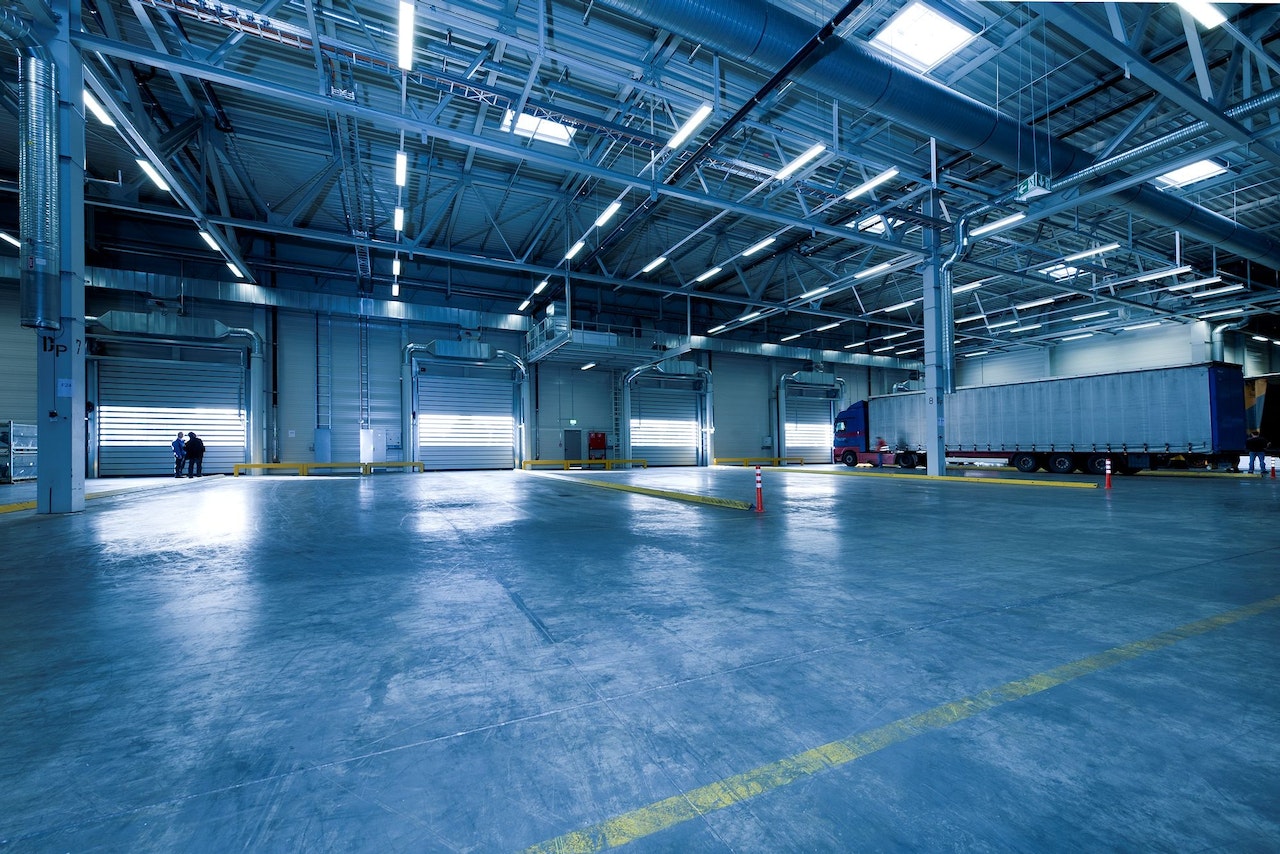In the modern era, sustainability is not a mere buzzword but a business imperative. As large structures such as warehouses consume significant energy and often handle vast amounts of goods, warehouses have a substantial environmental footprint.
However, this footprint can be reduced. Energy consumption, a primary concern, can be managed using energy-efficient lighting, insulation, and HVAC systems. Some warehouses even incorporate renewable energy sources like solar panels or wind turbines. Warehouses, being expansive structures, naturally consume large quantities of energy. (Imagine these structures as giant machines – every bulb, every air conditioner, and every machine adds up. But there's room for change. Transitioning to LED lights isn’t just a brighter choice; it's greener and longer-lasting. Modern insulation doesn’t just keep the cold out; it traps energy, minimizing consumption. And embracing renewables? That's like having Mother Nature power your operations, harnessing the sun’s brilliance or the wind’s vigor.)
Waste management is another focus area. This isn’t just about recycling, though that's important. It's also about reducing waste at its source, optimizing packaging to use fewer materials, and ensuring goods don't become waste by managing inventory to prevent spoilage or obsolescence. Sustainability challenges the old ways of seeing waste. (It's a perspective shift. Instead of seeing packaging as a necessity, it's viewed as an opportunity – can we use less? Can we reuse? And inventory isn’t just stock; it's a time-sensitive resource. Every item decaying or becoming obsolete is potential waste, making inventory management an environmental mission.)
Water conservation, often overlooked, can be incorporated via rainwater harvesting systems and low-flow fixtures in facilities. Additionally, building materials themselves can be sustainable, using recycled or sustainably sourced materials. While industries focus on energy, the water footprint quietly accumulates. (Warehouses are like small ecosystems. Every flush, every faucet, and every sprinkle matters. But with rainwater harvesting, warehouses can capture nature’s bounty, turning raindrops into resources. And low-flow fixtures? They are champions in conservation, silently saving gallons.)
Beyond the physical infrastructure, sustainable warehousing also looks at broader issues. For instance, partnering with transportation providers who use fuel-efficient vehicles or planning routes to reduce mileage and emissions. Sustainability isn't an isolated mission; it extends to every partner and process. (Think of a warehouse as a hub in a large eco-network. Every truck that pulls in, every route it takes, and every drop of fuel it consumes matters. Collaborating with green transporters and optimizing routes isn’t just logistics; it's eco-logic.)
Incorporating sustainability doesn't just make environmental sense; it makes business sense. It can lead to cost savings, enhance brand reputation, and even provide competitive advantages in an increasingly eco-conscious market. Embracing sustainability isn't charity; it's a strategic choice. (In a world where consumers wear their eco-conscious hearts on their sleeves, being green is golden. Cost savings? That’s immediate. But the long-term gains – brand love, customer loyalty, and even potential tax benefits make the green path the wise path.)
In sum, warehousing in the 21st century isn't just about storage. It's about storing with responsibility, thinking not just of the bottom line but the green line, ensuring that operations tread lightly on the planet while delivering robustly to businesses.
